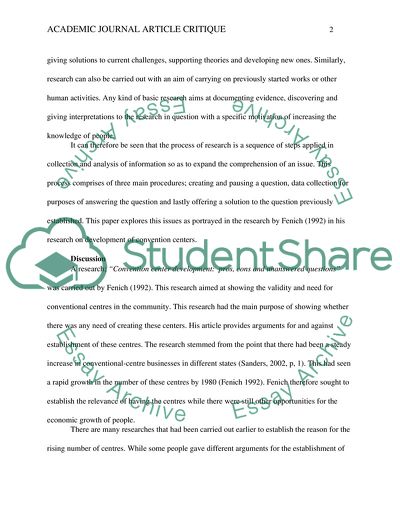Cite this document
(Academic Journal Article Critique Literature review, n.d.)
Academic Journal Article Critique Literature review. https://studentshare.org/tourism/1810876-writers-topic
Academic Journal Article Critique Literature review. https://studentshare.org/tourism/1810876-writers-topic
(Academic Journal Article Critique Literature Review)
Academic Journal Article Critique Literature Review. https://studentshare.org/tourism/1810876-writers-topic.
Academic Journal Article Critique Literature Review. https://studentshare.org/tourism/1810876-writers-topic.
“Academic Journal Article Critique Literature Review”. https://studentshare.org/tourism/1810876-writers-topic.


